Bug out plans might differ from prepper to prepper, but they have a tendency to look at the same issues.
What gear will you need and how much space and weight can you devote to it?
Where are you going to go, and how will you get there? Probably eighty percent of prepping basics aims to answer those questions.
However, sometimes the questions are bit more pointed, and you need answers that address those specific problems.
In this article, we will look at 5 of the worst natural disasters and how they can impact you when bugging out.
Some of these disasters are less dangerous but more common. Others are exactly the opposite, but all of them require preparation.
Water
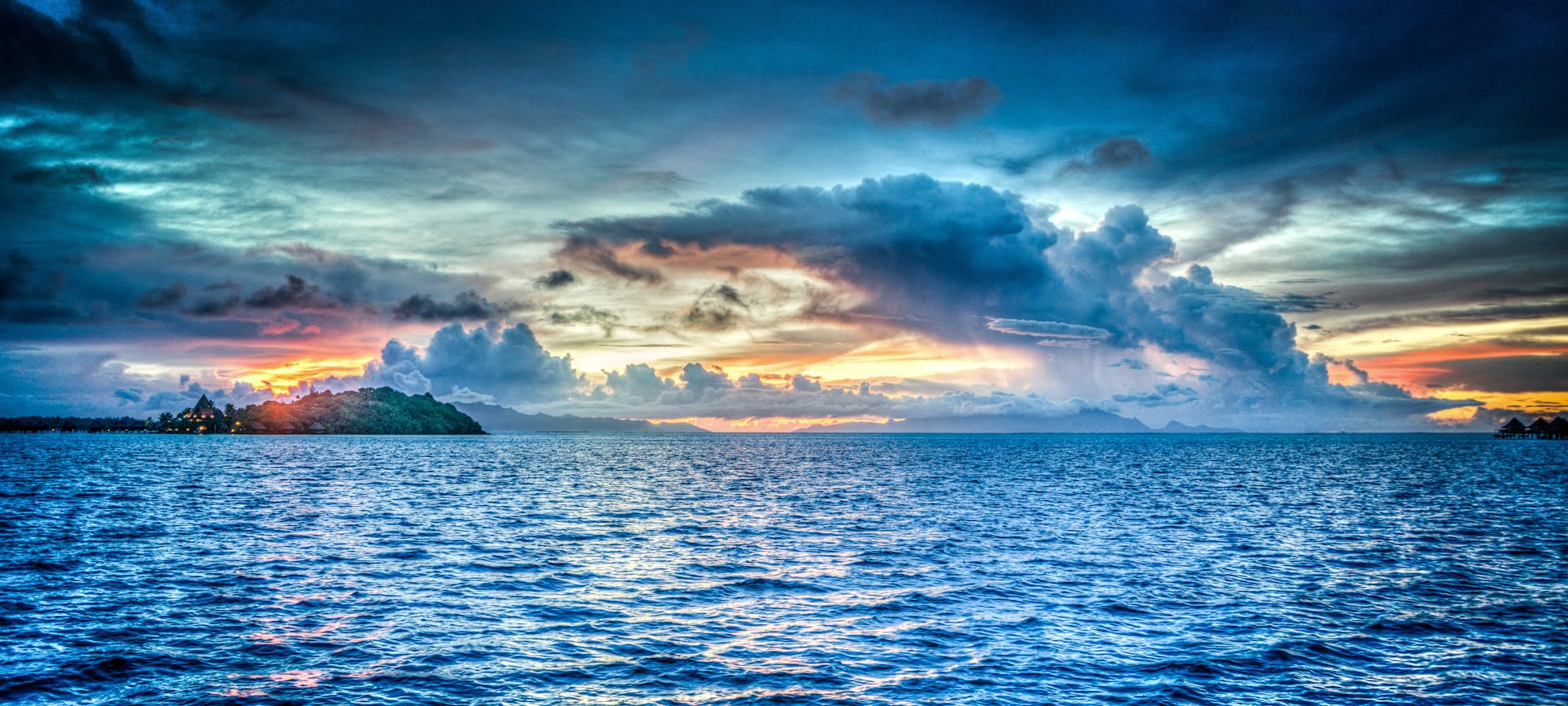
Regardless of the actual source, natural disasters involving water have numerous top spots in the world’s most deadly events.
In fact, floods in China have led to the deaths of millions of people–a couple floods killing that many on their own.
To prevent that same fate from befalling you, here are a couple of steps to keep your feet firmly on the ground instead of getting swept away.
The primary thing to remember when dealing with massive amounts of water is to get to high ground.
This is one big reason why we also recommend that you build your bug out shelter on a hill if possible.
Consider on a flat plain, an elevation of feet could require hundreds of thousands of gallons of water to flood.
On top of that, the ability to artificially increase the applicable elevation with sandbags or other obstacles further increases the amount of water necessary to flood you.
If you find yourself having to flee massive amounts of water, always be sure to respect its power.
Too many people get deluded by modern technology into underestimating the power of water.
A great example of this is the sheer number of people who have tried to ford a flood in an automobile.
Sure, vehicles are powerful compared to humans and horses, but they are nothing compared to the power of a raging river.
And do not worry about floatation devices. If you do get pulled in by a river, you are far more likely to die from getting hit by or driven into debris.
If the floodplains create eddies, you might have to worry about drowning. However, you are far more likely to have to worry about trees and other detritus.
It’s also useful to know how to catch fish in an emergency situation.
Earth
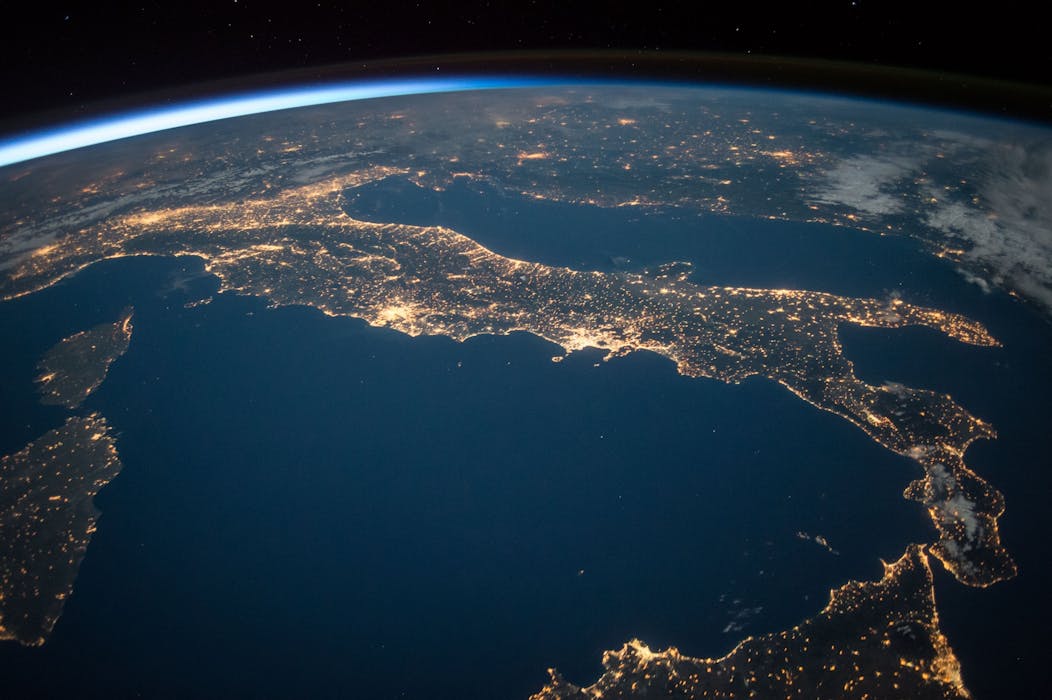
While it may be a bit region-specific, 5 of the 10 most deadly natural disasters have come from the earth.
In this instance, we are opting to cover a more dangerous disaster over a more common one. It is also important to remember that the earth can present a couple of dangers.
The most obvious disaster originating from the earth is earthquakes, and this is the type of disaster noted for being so deadly.
Granted, modern cities have less to worry about these days as they have been designed to withstand earthquakes.
Still, there are a number of tips that can help save your life–especially by playing the odds.
For instance, the iconic earthquake image is one of the ground openings up, swallowing people whole, and then closing back behind them.
However, the most likely risk comes from falling debris–especially manmade, like buildings.
However, earthquakes have a tendency to dislodge more than man-made objects. This leads us to the other major earth-based natural disaster: mudslides.
Again, this is a bit of a regional disaster, but it can strike anywhere that you have mountains. This makes mudslides a bigger problem than earthquakes on average.
- If you have some forewarning, always move perpendicular to the mudslide which only flows down to a lower elevation.
- If you are in a vehicle when the mudslide flows, wait until it settles and digs yourself out.
- If you are on foot, crouch in a ball and try to form an air pocket as the mudflows pass you.
Yet again though, the bigger risk in a mudslide comes from the debris traveling in the mudslide and the risk of being carried into stone or a tree.
Wind
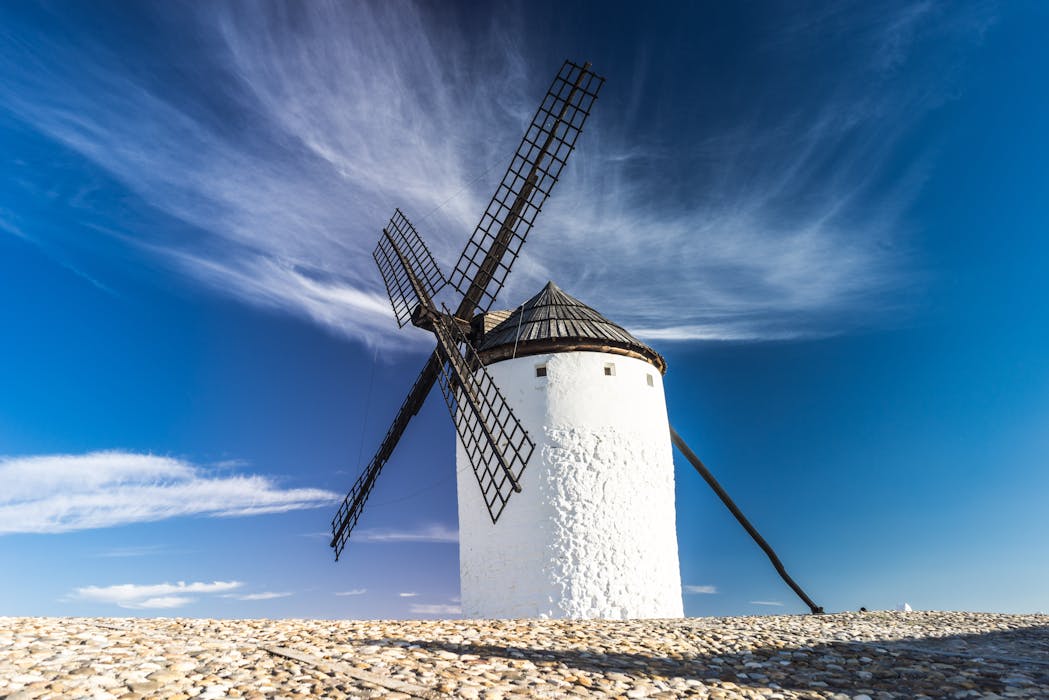
The wind is one of those natural disasters which can strike on its own, but it is more often an accompaniment with other types of disasters, specifically water.
If the disaster is water-dominant, then we should look to hurricanes. If the wind takes priority, we are probably looking at a tornado.
The point is that water and wind are both indicators of these disasters.
When it comes to prepping for wind-based disasters, there is really only so much you can do.
Much like being carried away by a flood, the biggest threat with wind is not actually the wind itself.
Instead, the wind is liable to pick up small, dense objects and carry them at incredible speeds.
If one of these objects should hit you in flight, it can cause serious injury or even death.
Humorous videos pop up on YouTube every time a hurricane or tornado happens, but many of those people were seriously injured.
During a tornado, winds can whip around bits of metal fast enough to go through houses. Regardless of the type of windstorm, the first thing to do is to seek shelter.
A bridge or rocky outcropping will do if necessary, and a shallow ravine can work in a pinch.
Tornados will generate greater wind speeds, but they are more localized and do not carry the risk of water-based disasters that hurricanes do.
Hurricanes are slow-developing, for the most part, and can be avoided altogether.
Tornados, on the other hand, only provide conditions to watch but strike without much warning.
As such, most of your practice runs should be for tornado or sudden windstorm conditions. Never facing a hurricane is the first rule of preparing for them.
Fire
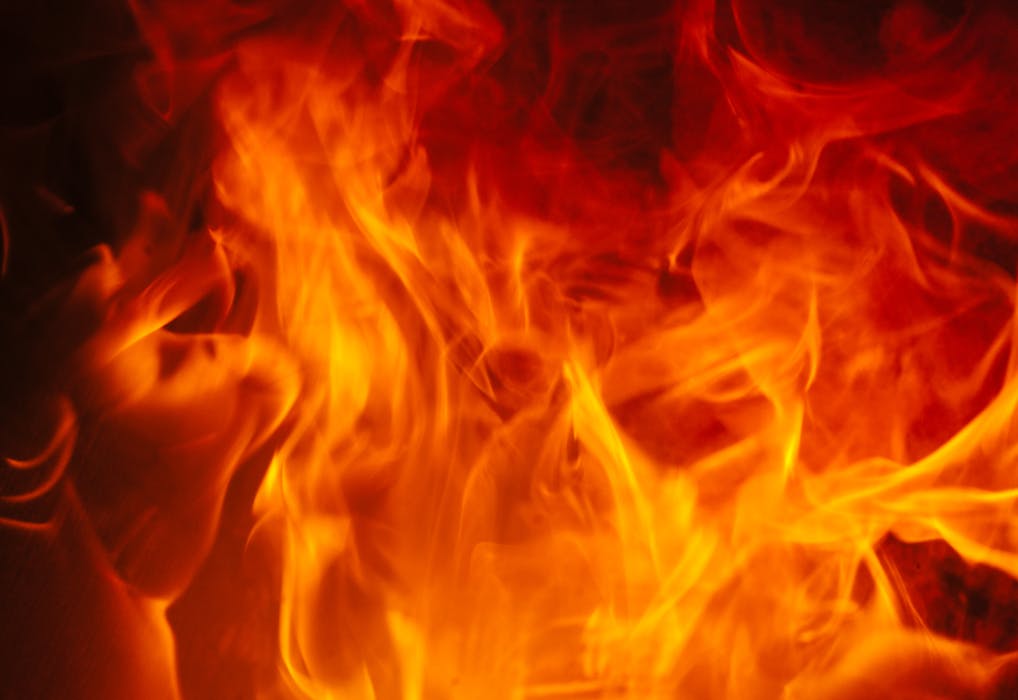
In terms of danger, fire generally fails to meet the threshold in terms of quickness and power. The biggest and most common type of fire-based natural disaster is the wildfire.
This is a type of forest fire that spreads and grows rapidly due to a seasonally dry region with plenty of vegetation.
During the dry season, the vegetation becomes perfectly kindling to start a fire that can cover hundreds of square miles.
While urban wildfires were once more common, modern manufacturing and firefighting techniques have made that all but irrelevant.
This means that wildfires are strictly a concern for those who live in less densely populated areas.
While there is not much you can do about your property and home, most of the time you have at least a day’s warning.
As is now becoming a trend, it is interesting to note that the biggest threat of wildfire does not actually come from the heat.
Should you find yourself trapped in a wildfire, you are far more at risk of smoke inhalation than you are of burning to death.
The best way to prepare for a wildfire is the same a preparing for a hurricane: never face a wildfire.
If you find yourself at the epicenter of the wildfire or it spread while you were disconnected from society, the best thing to do is go to a large body of water.
The fire will not be able to burn you in the water, and you can often fashion a cover to protect you from the smoke.
In the absence of a body of water, fashion a breathing mask the best you can before attempting to flee.
Cold
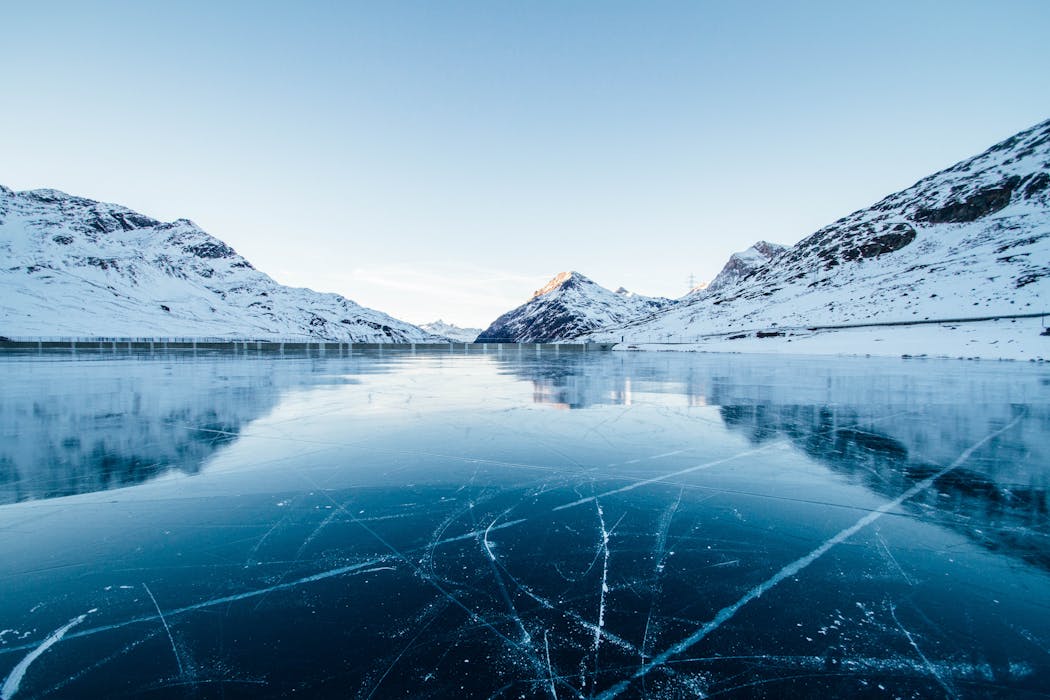
While cold weather events that reach the point of being described as a “natural disaster” may not have the biggest body count, this is still the biggest natural killer of all time.
Animals and disease notwithstanding, we have more to fear from the cold than any natural disaster.
That is why we have a deep reverence for fire and identify it as one of the primary civilizing technologies of the paleolithic era.
Blizzard conditions are fairly easy to prepare for and will likely not require you to evacuate. One issue with the cold comes when you are bugging out due to a more catastrophic reason.
At this point, the cold is simply another aspect of the environment that could kill you.
Having to evacuate because of an earthquake is bad enough. Having to do it in a blizzard will almost certainly cost lives.
Another caution with the cold comes in the form of ice. This is primarily a concern when you are traveling by vehicle.
The dreaded “black ice” is a prime example of this, though chain tires can alleviate that concern.
Snow, much like mud, also has a tendency to become dislodged and plummet down mountains and hillsides.
When dealing with cold, your gear is the most important thing.
Being able to build a fire in a blizzard can save your life, but the right gear might prevent the situation from getting that dire in the first place.
Of course, techniques can pull you out of a bad situation, but the plan is to be prepared in the first place. And make sure to tick everything off your get-home bag checklist!
Conclusion
Natural disasters can strike without warning, but as we see, they usually do not.
As such, this means that the best prep for a natural disaster is to remove yourself from the danger zone.
If you cannot, each type of disaster has broad-spectrum threats that require unique responses. Be sure to equip yourself with the right gear such as the best survival watch to help you avoid such disasters.
While differences between water-based and fire-based disasters might be obvious, those between water and cold are not so divergent.
Thankfully, with this article, you can successfully navigate some of the more pernicious threats.
